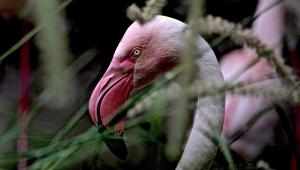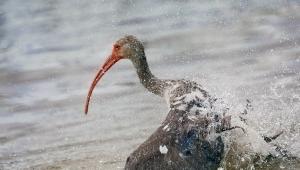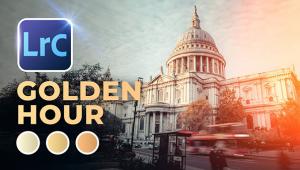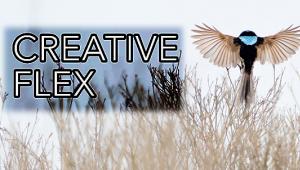Projet Inkjet Printing Papers; A House Brand’s Art Paper Offerings Page 2
I made prints with the other papers using the 3800 and a Mac PowerPC G5 with
10.4.11, and here I was sailing into unknown territory without profiles. I then
did what I do first in these situations--I looked for canned profiles that
might match the paper at hand and see how closely they match in terms of output.
The 3800 and modern Epson pigment ink printers also can save the day by you
surrendering control to the Epson Advanced Black and White Printing mode, which
means you do not have Photoshop Manage Color and turn off the color controls,
as you might usually do. I have learned to have great faith in the Epson Advanced
Black and White Printing mode and in fact this produced excellent, screen-matching
prints on all three of the matte surface papers, the WarmTone and CoolTone Rag
300s and the Linen Textured. As to canned profiles, the Rag 300 papers worked
best on Archival Matte and the Linen on Radiant Watercolor. I printed both color
and black and white with these profiles and frankly did not see much need for
improvement or tweaking.
The Picture Rag WarmTone 300 is a nice, thick paper that almost approaches card
stock, and worked fine on the rear, manual feed on the Epson 3800. Surface texture
is a flat, smooth matte and paper color is warm but not too yellow. In fact,
you are not bothered by an overly warm color and only notice it when you place
it next to the CoolTone 300, which is very bright and cold white. I stuck with
black and white with the WarmTone, and reinforced the look by choosing Warm
in the Advanced Black and White Printing mode. I hesitate to print color on
any warmtone paper and continued that prejudice in my tests.
I am usually also hesitant to print color on matte stock, but have changed my mind after working with the CoolTone 300. This is probably the most versatile of the "art" papers offered, as it yields a very neutral black and white with a bright base as well as excellent color, given the right subject and color play. I am not saying this is the best choice for all color work, but for many of the images I print it is right on the money. It is not only the way the paper takes the ink but the bright undercoat that makes colors really sing. And black and white prints with neutral tone reveal the full range of tonality of the image, plus really kick up the highlights with texture without nudging them over the edge, as some high gloss stock might do.
Picture Rag CoolTone 300 |
Linen Textured |
||
 |
 |
||
|
|
The Linen Textured paper is the most esoteric of the lot I tried, with a surface
that resembles Somerset Watercolor stock. While I am not a big fan of too much
paper topography, this surface is not extreme and, for certain images, can have
a nice effect. It is warm like the WarmTone 300 and slightly weighs less (250gsm).
It is always interesting to me how paper stock can influence image choice, and
for this paper I tended to choose abstracts that might resemble those obtained
with other printing procedures, such as woodblock, etching, or silkscreen. I
think this paper would be quite nice for work with Corel's Painter or
other such special effects imagery.
I can make no prediction or point you to any independent tests regarding the
archival qualities of these papers or the paper/ink combinations I used, but
generally 100 percent cotton rag, acid-free papers do fine, which is what the
Rag 300 papers offer here. In all, the Projet papers seem a good choice for
those who want some versatile printing papers that will not break the bank.
In 50-sheet packs the Picture Rag 300s run about $1.90 per sheet; the Linen
Textured about $2.00 a sheet; and the Royal Satin about $1.25 a sheet. All these
and more come in a wide variety of cut sheet and roll sizes.
For more information, contact Adorama Camera, Inc., 42 West 18th St., New York,
NY 10011; (800) 223-2500; www.adorama.com.
(Note: When visiting Adorama.com click on the "Digital" heading
on the Navigation bar to find papers and profiles.)
- Log in or register to post comments

































